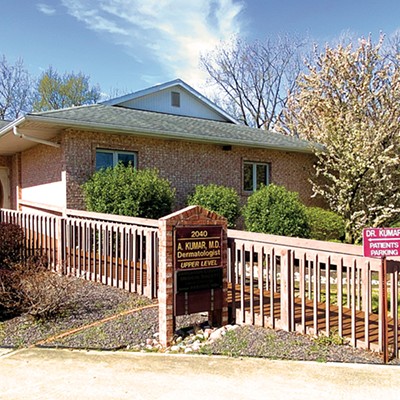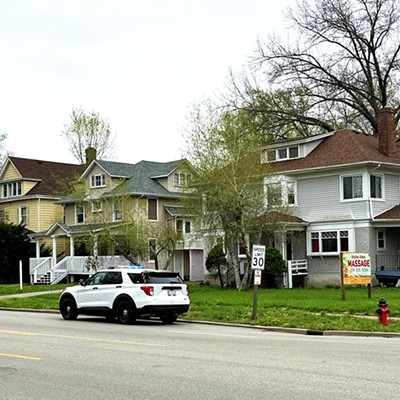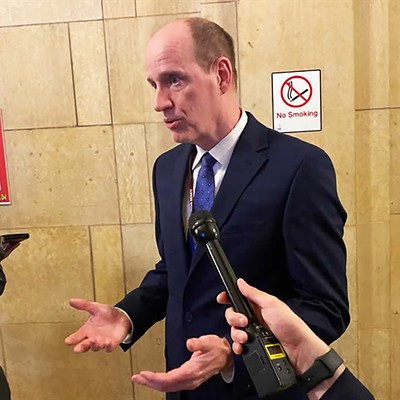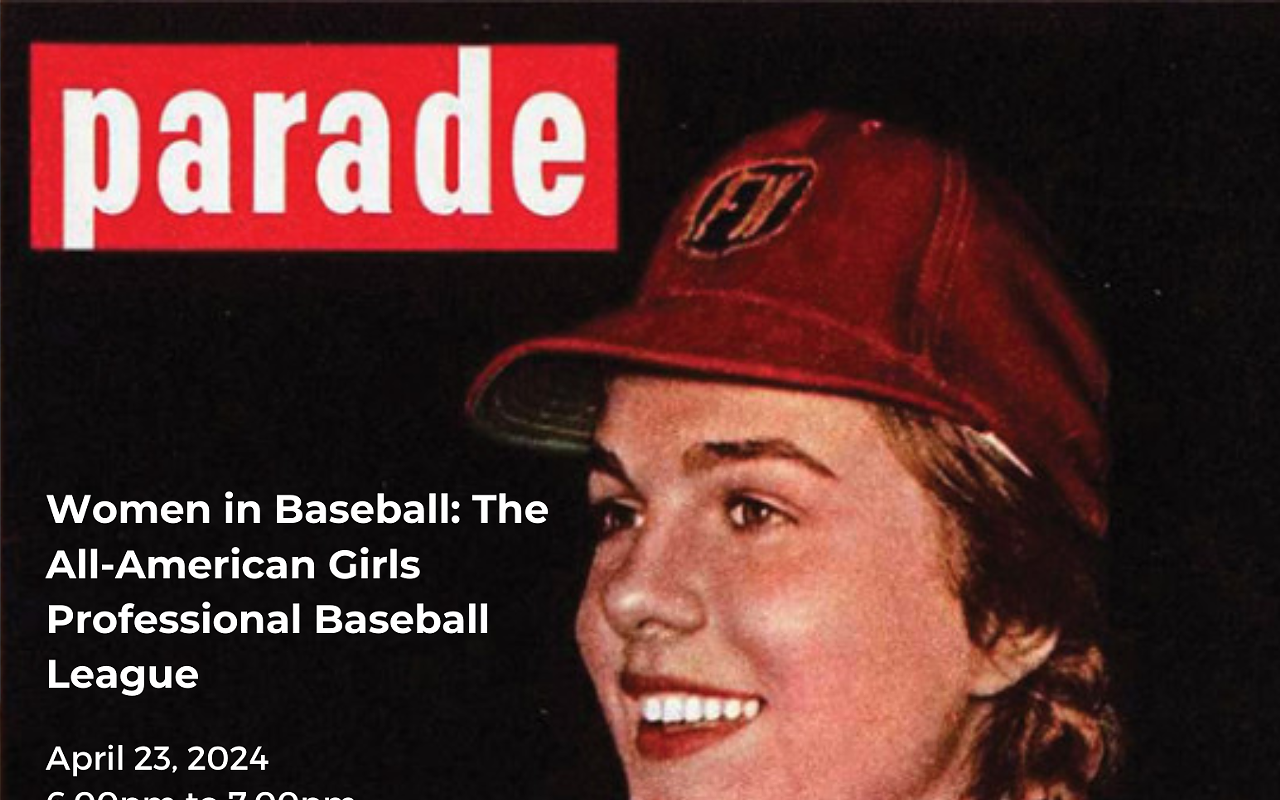The Arbor Day Foundation last month named Springfield a 2020 Tree City USA and granted it a Growth Award for the community's commitment to urban forest management. More than 150 Illinois towns and cities were granted the title last year. The recognition means the capital city has a public body dedicated to trees, a tree-care ordinance, an annual budget of at least $2 per capita for community forestry as well as an Arbor Day proclamation or observance.
Jeff Reim has worked in Springfield as the city's arborist for more than five years. Arborists are like tree doctors. Springfield residents can call the city to report a sick or broken tree and Reim goes out to the location and gives his prognosis. Then he writes a city work order based on what the tree needs. Reim also approves permits for landscaping in Springfield. But tree removal is the "last resort," said Reim during a University of Illinois Springfield (UIS) webinar March 31.
"What it boils down to is looking at the location before trees are planted," said Reim. Tree selection is important as well. For instance, Reim said Springfield has more than 2,000 ash trees, which are considered undesirable. That's because emerald ash borers, a type of beetle that feeds and lives under the bark of ash trees, causes the trees to die. "All the ash trees are being hit by the emerald ash borer disease so they are all being taken out at this time," said Reim.
The Urban Forestry Commission (UFC) collaborates with Reim and Springfield's Department of Public Works to preserve and expand urban tree and shrub growth on public property, said Jan Von Qualen, the chair of Springfield's UFC. UFC commissioners are volunteers appointed by the mayor. The commission was dissolved for nearly 10 years, but was reestablished in 2019.
More trees in a community can improve mental health, boost creativity and spur business activity, said Von Qualen. "Cities have both gray and green infrastructure and people tend to focus on the gray infrastructure," but the green is just as important, she said. So "part of the UFC's role is to advocate in favor of the forest."
A conservationist from Chicago also spoke during the UIS webinar and focused on the long list of benefits trees bring to urban areas. Concrete traps heat in cities and creates hot spots. Shade from trees can cool houses and buildings. Forests can slow runoff from rainfall and capture water, decreasing the chance of flooding and overwhelmed sewer systems.
Springfield Mayor Jim Langfielder praised community members and UFC for their ongoing commitment to conservation. "The Urban Forestry Commission has been working diligently for the last year and a half with Public Works to enhance the city's efforts regarding tree preservation, planning and beautification," the mayor said in a press release.
The UFC has partnered with UIS, Reim and others to host events sponsored by the National Endowment for the Arts' "Big Read." The events are tied to themes in Hope Jahren's book, Lab Girl. Free copies of the book were handed out at different locations in Sangamon County and local libraries have copies available for checkout. More information on NEA events this month can be found at tinyurl.com/ktdf5v2w.
Contact Madison Angell at [email protected].

















